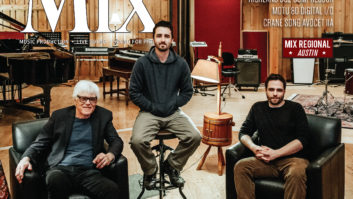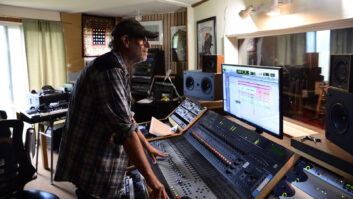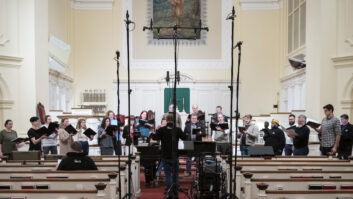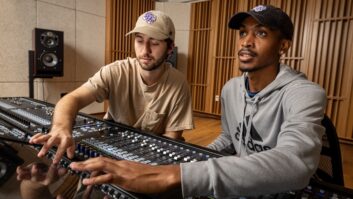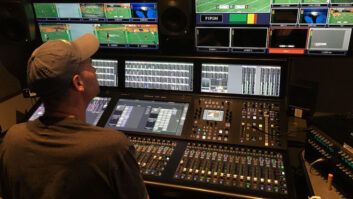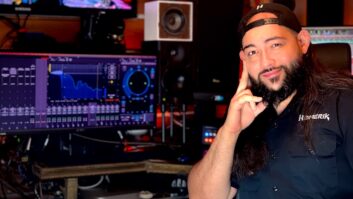At first glance, many aspects of Alfie Agnew’s life seem at odds with each other. As the sometime guitarist for the Southern California rock groups D.I. and The Adolescents, Agnew is a punk rock institution. He is also a math professor at California State University, Fullerton. His Orange County home is located on a quiet, removed residential street, yet it is here that he makes wild noise with his latest group, Professor and the Madman, a venture with returning cohort Sean Elliott. Disintegrate Me is the pair’s third album, all three featuring The Damned’s Rat Scabies on drums; this time around Paul Gray played bass.
Disintegrate Me is a bi-continental affair whose songs go through many, many iterations before they emerge from the mastering stage. It is in Agnew’s studio, a small room in his home outfitted with foam sound absorption panels and acoustic curtains, that song ideas begin to form.
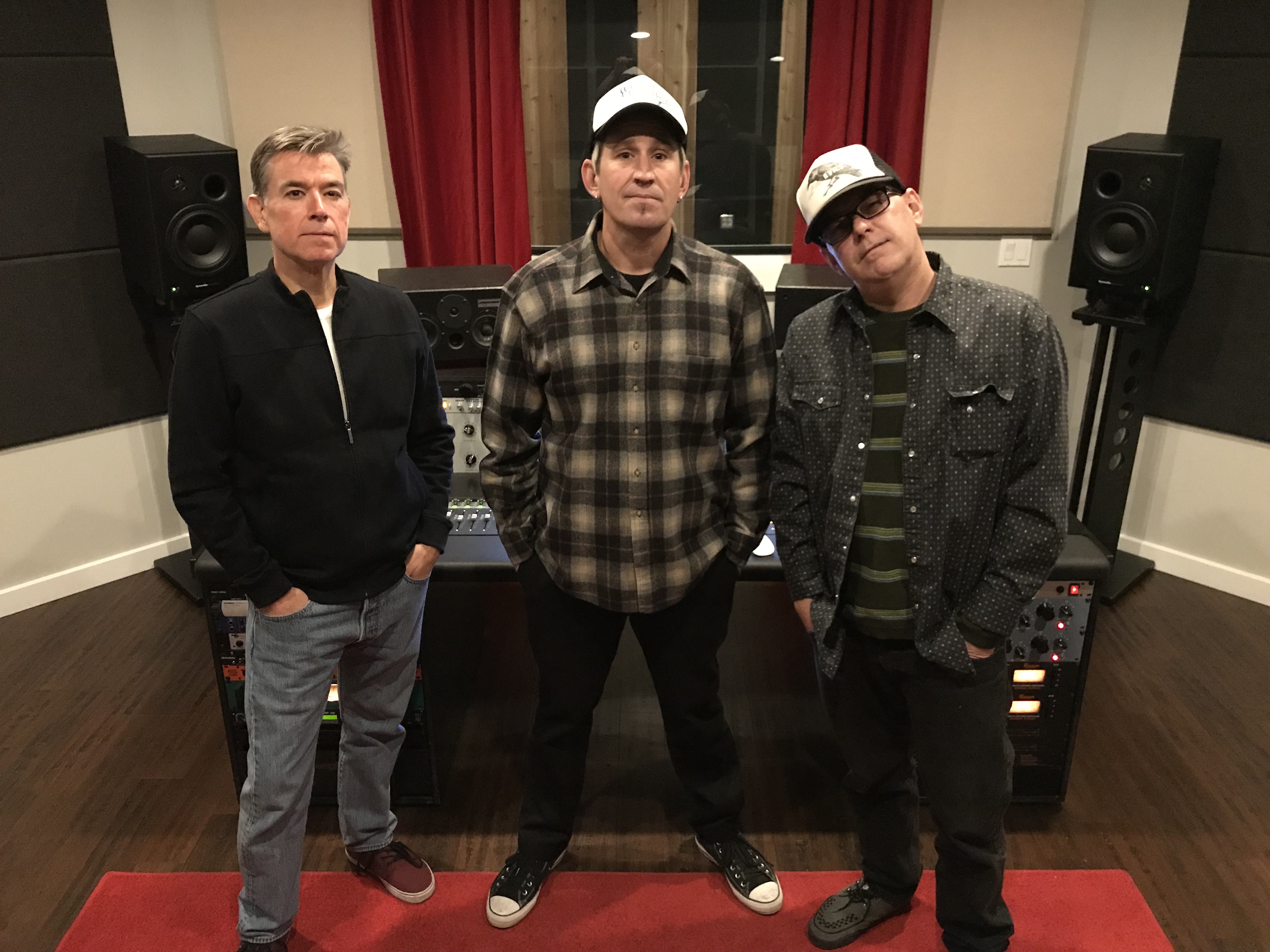
Both guitar players, Agnew and Elliott make good use of the former’s amp collection, choosing a combination of Marshall JVM410H 100-watt tube head and Vox AC30 for the heavier songs, which they mike with a Shure SM57.
“We find the Marshall overdrive and Vox overdrive blend sounds crunchier and more powerful than doing a bunch of Marshalls,” says Agnew, who used a range of guitars, from a Fender Stratocaster to a Rickenbacker 360 12-string, on Disintegrate Me. “The Vox really cuts, and it has a very specific narrow band so it doesn’t sound mushy at all. Sometimes high gain doesn’t translate when it’s recorded. You can have too much crunch and distortion. Layering Marshall over Marshall starts sounding like a hum.
Related: Mastodon’s Emperor of Sand,’ by Ken Micallef, Mix, June 14, 2017
“What I like about the Marshall is you have to dig that pick in and get some articulation,” he adds. “Like on ‘Nightmare,’ there is a lot of palm muting. We aren’t shy about laying down ten guitar tracks. Someone has to talk sense into us, making us use less so they stand out real big and keep the articulation.”
The two trade off laying down the scratch drum and bass tracks—to a strict grid—to later be replaced by Scabies and Gray. Two versions are sent to David M. Allen (The Cure, Depeche Mode) in London, where Scabies does his recording: one with the drum track, one without. Unlike Agnew and Elliott, who record their scratch tracks close-miked and dead-sounding, Allen’s recording of Scabies’ drums includes many ambient mic tracks.
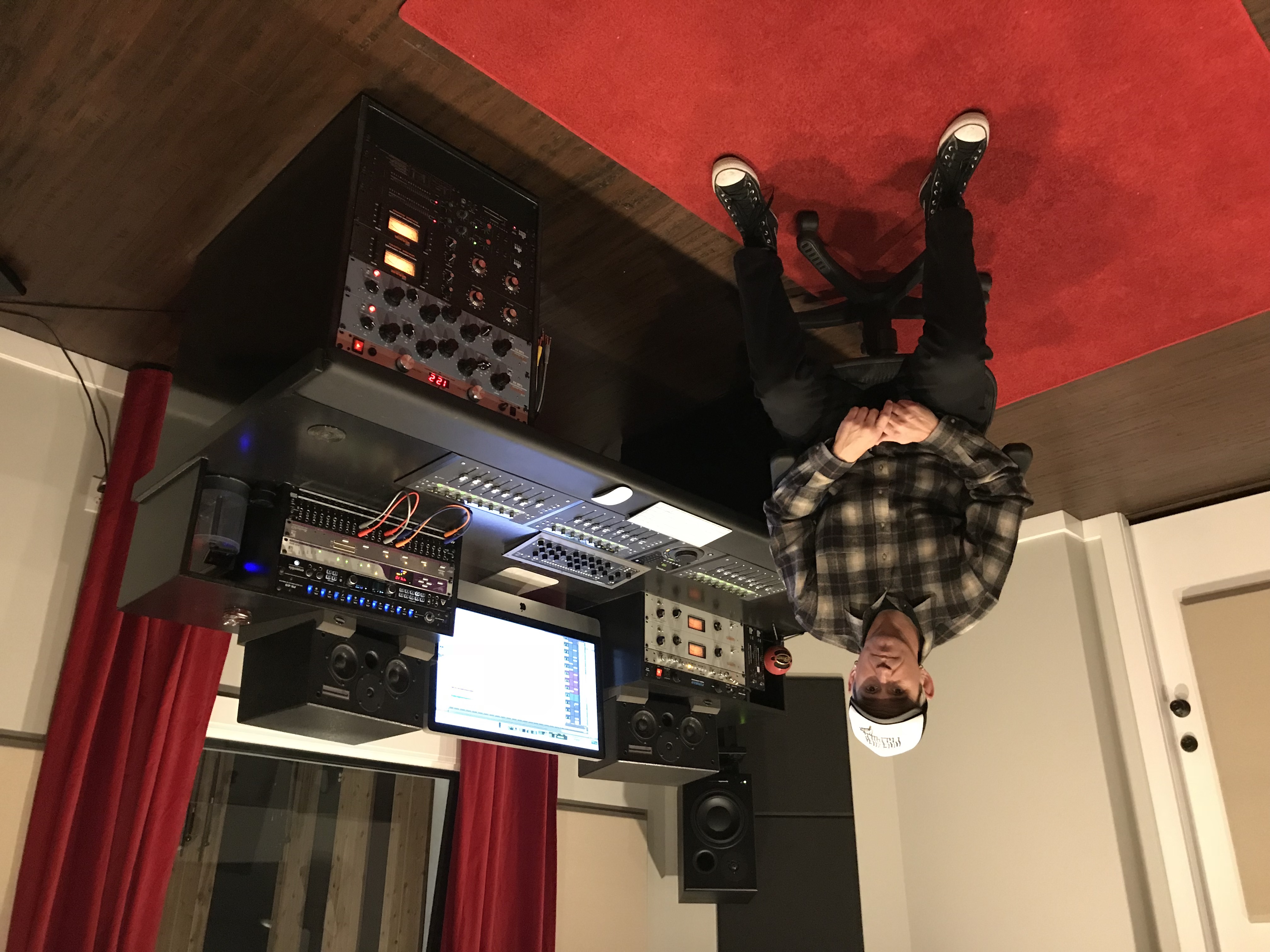
“We had ideas for what the drums should be like, but we told [Scabies] not to feel limited by what we’d done,” says Agnew. “The whole point of having him is for him to bring his interpretation to it. Sometimes he would follow it pretty closely, most of the time he would completely reimagine it.”
“Faces,” for example, which was also on the group’s Elixir II album, started with a tame, pop-y, somewhat Ringo Starr-like drum sound. Scabies reworked it into a busy, upbeat and energetic sound, transforming the song. This came as a pleasant surprise to Agnew and Elliott, who were sure the original drum sound was the correct one and who were blown away by how much better the song became.
After some mixing and arranging, Agnew and Elliott sent this iteration to Gray. “What makes this unique is the rhythm section is recording at different times,” says Agnew. “If they weren’t so good, it would probably not work. You can tell from those early Damned albums, they have a great chemistry. [Gray] can jump exactly on what [Scabies] is doing, listen to that kick drum and play right on top of it. He doesn’t need to be in the same room.”
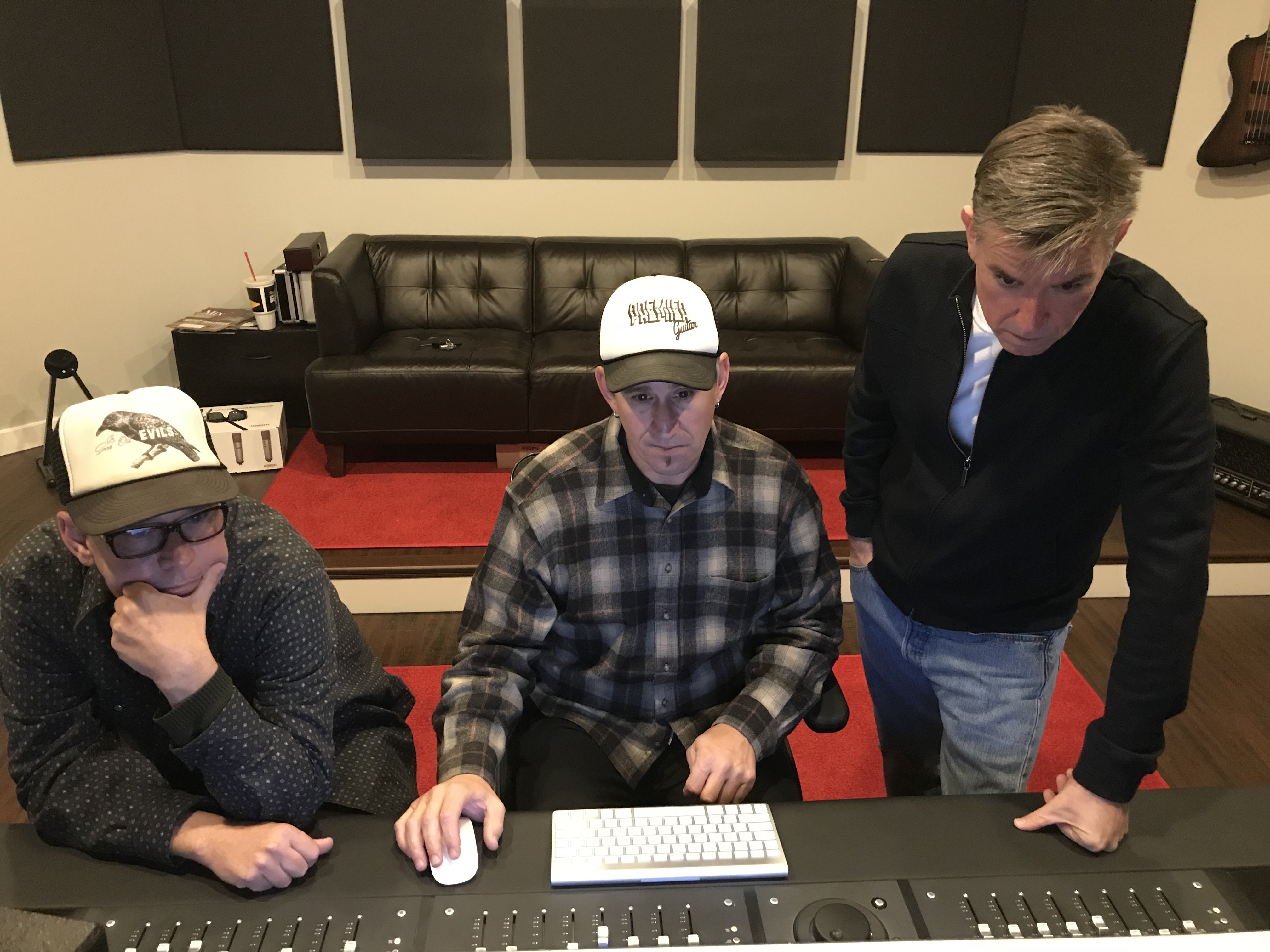
Agnew and Elliott do another mix on these versions, including final vocal tracks, alternating between the two leads. These are recorded using a Shure SM7 for Agnew, who sounds better with proximity, and an AKG for Elliott, who has more growl and edge to his voice. The microphones go into a UA Apollo preamp, then into Logic.
Related: Gwar in the Studio, by Ronan Chris Murphy, Mix, Dec. 14, 2017
“If you don’t control some of the dynamics going in, you end up having to overdo it in the mix,” Agnew says. “We try to smooth it out in stages. Compression going in, print that, and we’ll do more stages of compression and EQ during mixing and mastering. When we’re getting to the final mix, we’ll throw on some reverb, delay, maybe saturation, which is really helpful for my voice—gives it a little sizzle and brings it out better.”
Mark Bolton (45 Grave, Fredy Boy) is behind the mixing and mastering of Disintegrate Me. “It isn’t one of those albums where you create a template that you could plop on every song,” he says. “Each song is a brand new mix. I used a lot of Softube Console 1, which is basically an SSL G channel strip. It has gating, compression, EQ, harmonic drive, and you can blow through on every channel and grab hands-on control.”
The snare drums proved to be the biggest mixing challenge, as there were no stems for a bottom microphone capture. To work around this, the snare top is gated and compressed to give it some attack, but that wasn’t enough, so some sound replacement samples were incorporated into the mix, though Bolton had to be careful to not end up sounding like a machine gun. In contrast, Bolton used volume automation on the two different tracks of bass from Gray. That was a tedious process for him, but one he was ultimately happy with despite his initial concern about stacking that much low end into the mix.
All the analog material is saved for mastering with plenty of headroom. Bolton favors Warm Audio EQP-WA tube equalizers and WA-2A leveling amplifiers, which he runs everything through before printing back to Pro Tools and then coming out one last time through the Waves L2 Limiter plug-in. “Warm Audio reverse engineers all the old stuff,” says Bolton. “I buy two of everything for stereo purposes.”
